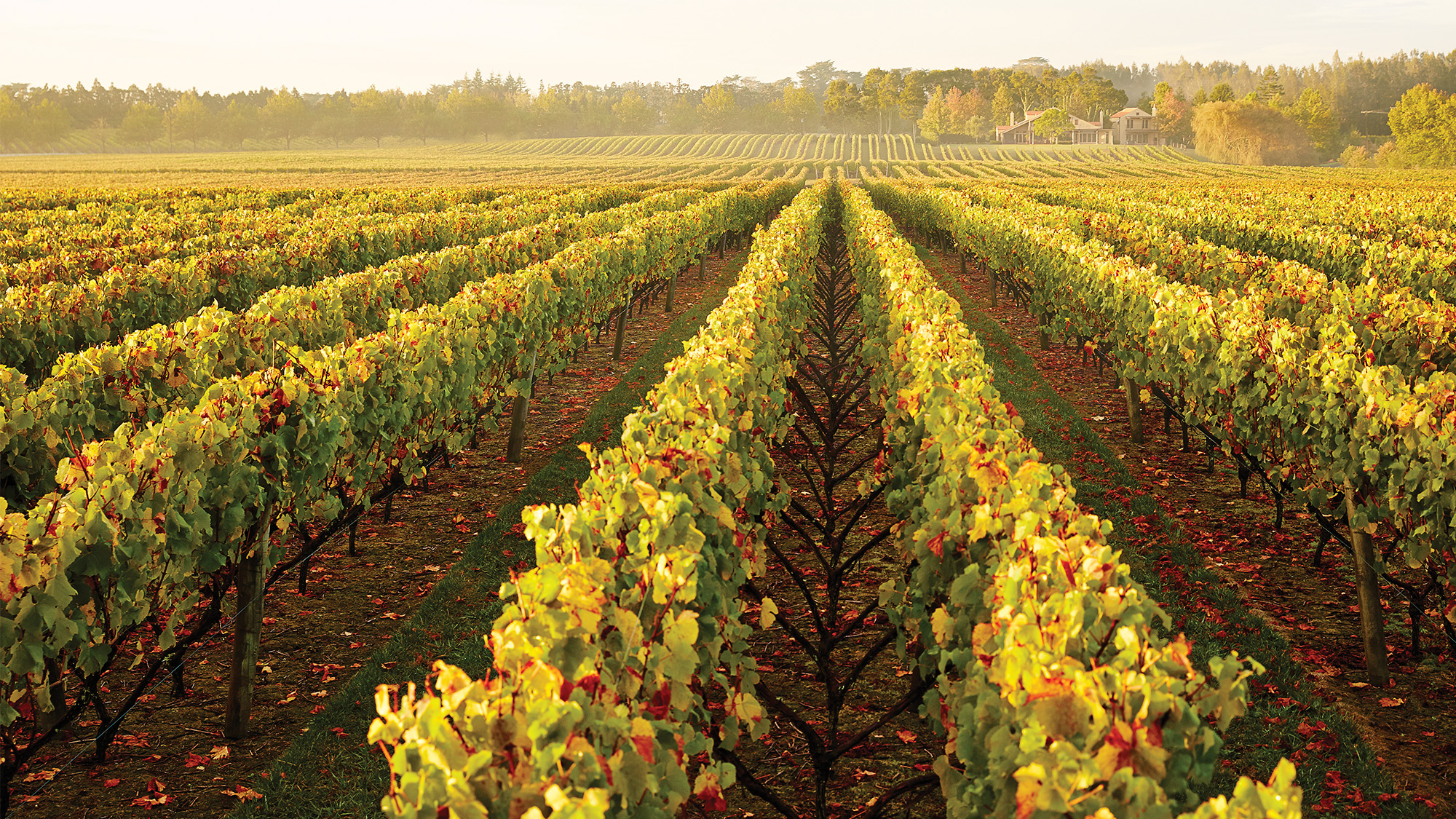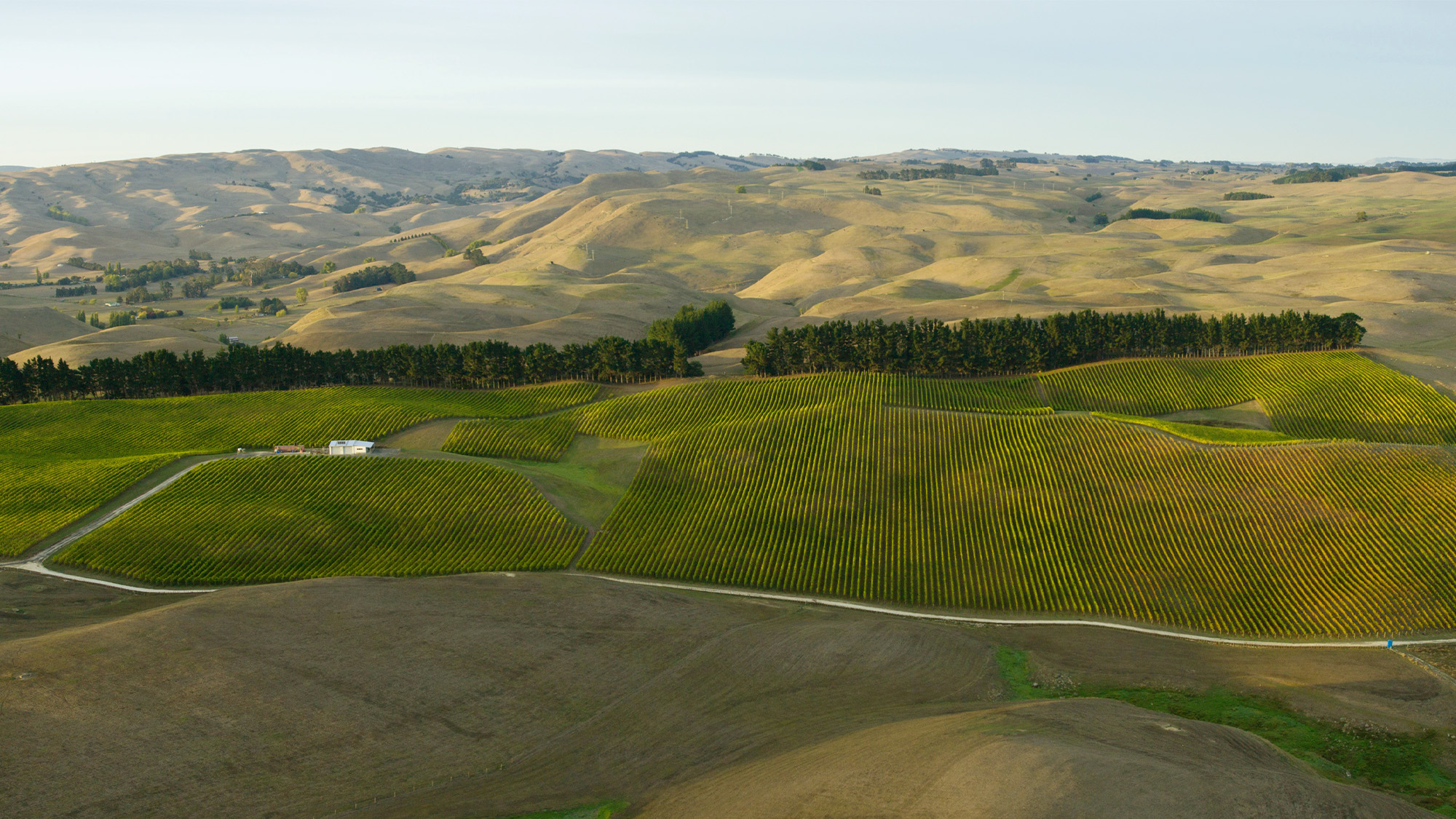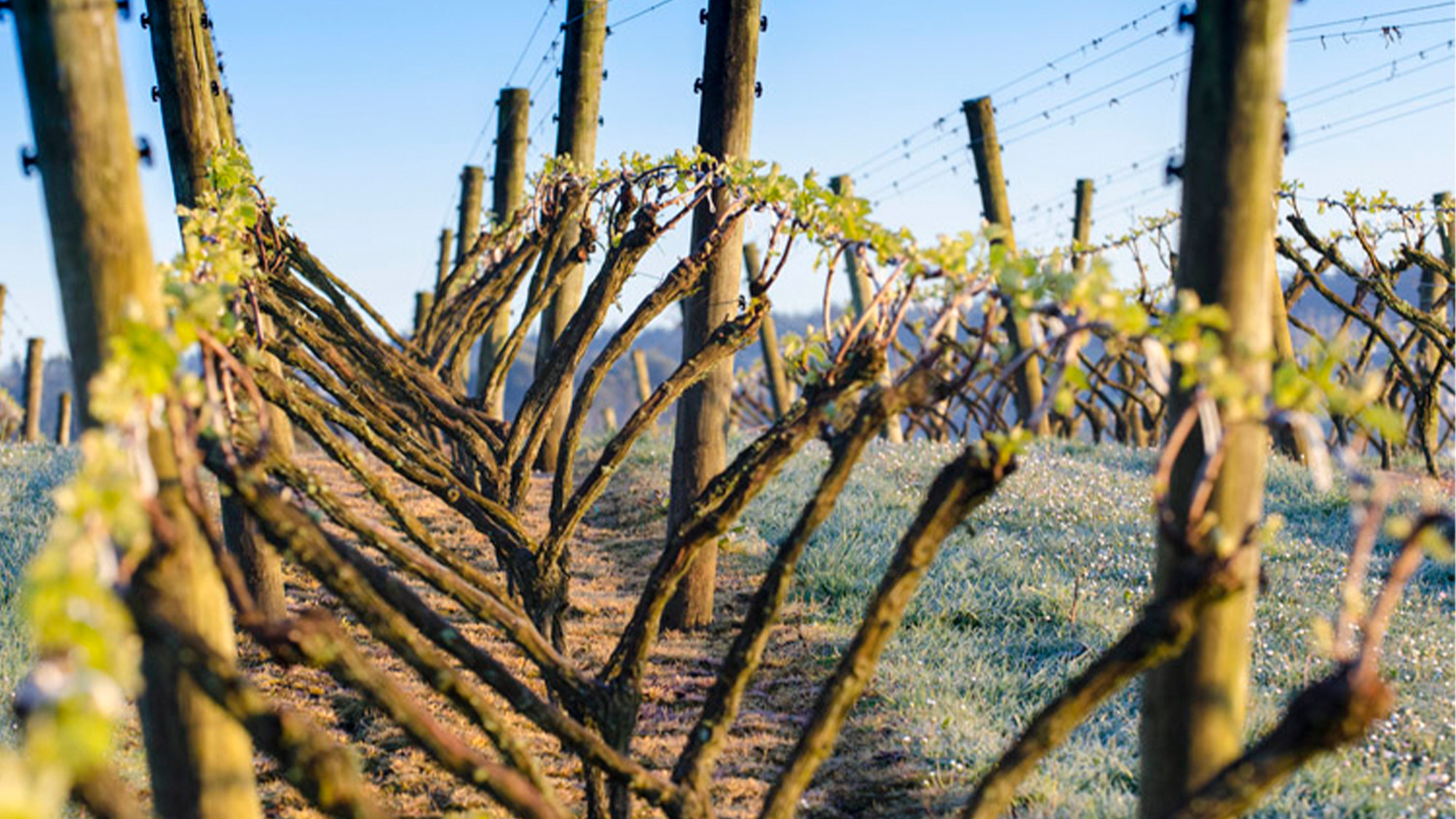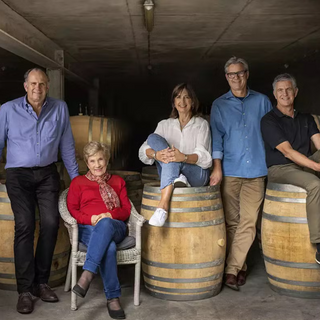Kumeu River
Kumeu, New Zealand





Kumeu River, one of the first wineries in Auckland, New Zealand, helped establish the reputation of Kumeu as a word-class wine region. Founded in 1944 by the Brajkovich family, immigrants from Croatia, the estate has grown and flourished over the years through the dedication to producing benchmark-quality Chardonnay, influenced heavily by Burgundy (and often confused as such in blind tastings). Its array of single-vineyard Chardonnays represents some of the finest examples of this grape anywhere in the world, the Côte d’Or included.
Winery Story8 Results









